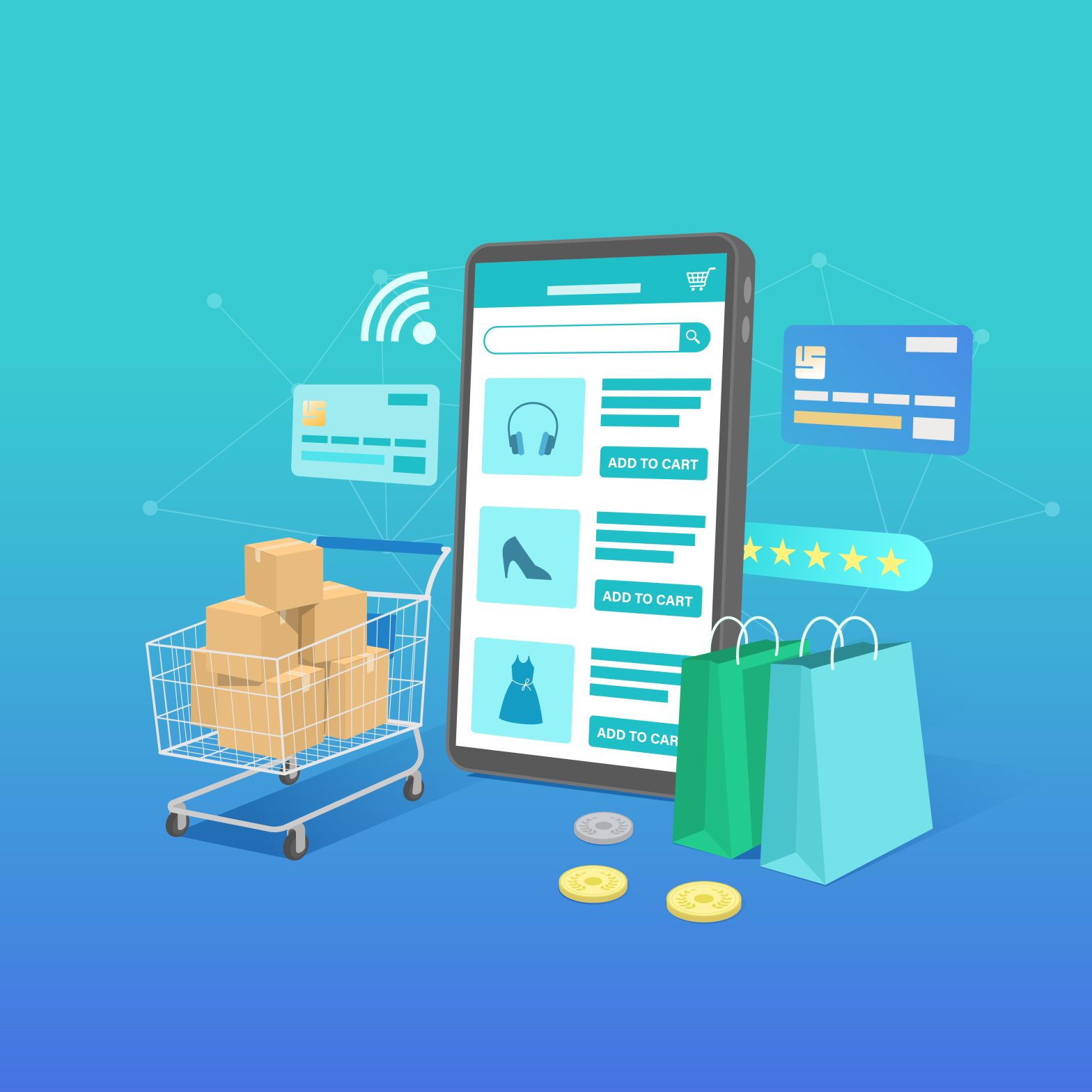In my last blog post, I mentioned how a digital marketing ecosystem can help to grow a business and why it is so important. Before developing that ecosystem, marketers and business owners need to understand the buying process for a customer. Without understanding this, the ecosystem might fail, or it will not be designed accordingly because the ecosystem will be built based on this.
Based on Lucidchart, the buyer decision process is the process or steps a consumer follows or evaluates when making a purchase decision. Consumers take five steps: Problem/need recognition, information search, evaluation, purchase, and post-purchase evaluation.

(photo taken from GeeksforGeeks)
- Problem or Need Recognition:
This is the first part of the process when the consumer recognizes the need for a service or a product. Usually, the consumer finds themselves in two states, which are the ideal state and the actual state. The ideal state is what the consumer would like their situation to be. For example, a person blows a tire of his or her car. The ideal state is that the tire will never blow—a more resistant tire. Then, the actual state is that they blow a tire and need a new one. Marketers should create a perception of the ideal state through problem recognition and provide a product that will look appealing to the consumer as a solution to their actual state. - Information phase
In this phase, consumers are looking for product information and variations. Also, looking for recommendations and reviews, and if they have used it before or seen something regarding the product, they will use their memory as a reference. Marketers should understand that people will only retrieve relevant information often based on feelings and/or past experiences. For this reason, marketers must create a positive attitude toward the product. - Evaluation
The evaluation phase is when customers are in the consideration stage. They look at different brands and products and evaluate which will fulfill their necessity more accurately. They assess the pros, cons, or benefits of the product. There are various components in the evaluation stage, such as evaluation criteria, evaluation choice, and accessing alternatives. Each one of them is taught or evaluated by customers before deciding to purchase. Consumers have two main strategies when making a decision, which are the non-compensatory decision rule and the compensatory decision rule. To learn more about the evaluation process, click here.
All marketers or business owners should understand how decision rules have an impact on the purchase decision. - Purchase
After all the options are evaluated, the consumer decides to buy the best option based on their judgment. This purchase decision can be influenced by different factors such as location and time where the product can be purchased, what the product is, and the payment type when you are about to pay. - Post-purchase evaluation
Mostly, this is how the product will be disposed of or if there is a future usage of it. It can also be a loyal consumer development that will encourage them to keep buying the product or service. Marketers must define how their product will be disposed of in a way that will influence the purchase of another product.
Understanding this process, digital marketers can also build campaigns “attacking” each part of it. I have explained how I usually build programmatic campaigns by approaching the marketing funnel. Usually, my campaigns have a prospecting strategy (top of the funnel), which gathers new people to get to know and be interested in the product or service.
This prospecting strategy is based on Brand awareness and Consideration tactics. Brand awareness will serve as an advertisement to people who haven’t thought about the need or want of a product, creating awareness of the brand and products. For example, we serve ads to whoever is on digital newsletters, blogs, apps, and any other website that is not related too much to the product. In other words, it is showing your product to “everyone” based on the target audience created. After brand awareness, within prospecting, we also have a consideration tactic, as mentioned, that will serve ads to people who are in the “information phase” and “evaluation” phase of buying a product or service related to the advertisers. In this case, I target visitors to the websites associated with the advertiser’s product, keywords related to the product, and other targeting capabilities that are more subjective to the relation of the advertiser. For example, suppose the advertiser is a running shoe company. In that case, I’ll target website visitors from Nike, Adidas, Hoka, Asics, New Balance, and any other brand that might be related to the product (conquest). Also, contextual targeting should be used, using keywords based on those brands or words such as “running shoes,” “marathon sneakers,” “Sports shoes,” etc. I can also target websites directly and exclude websites I don’t want the ad to appear.

While they are in that process of evaluation, while the consumer keeps looking for information in other places or competitors after they went to my advertiser’s website, I use the retargeting or remarketing strategy to serve ads to those prospects who are already interested in the product and remind them that we are still an option. This way, we start driving conversions on the website.
Understanding this buyer decision process will help you build the digital ecosystem. If you are just a programmatic trader, an SEM manager, or do all sorts of things in digital marketing, it will help you strategize your marketing effort in one direction to succeed.







Leave a Reply